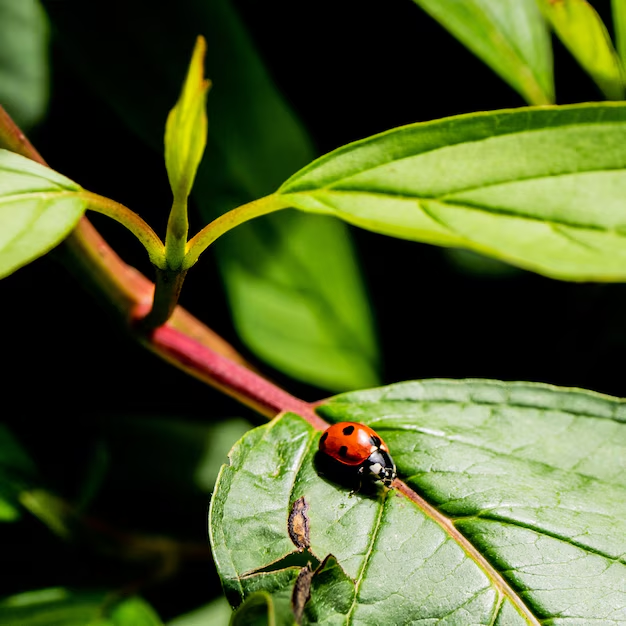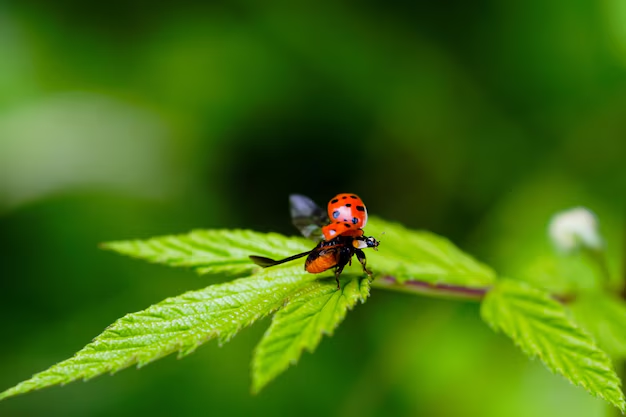All About Ladybugs and What They Eat

Ladybugs, also known as ladybirds or lady beetles, are one of nature’s most beloved and beneficial insects. Their colorful bodies and gentle habits make them a favorite among gardeners, kids, and scientists alike. But there’s more to these little beetles than meets the eye—especially when it comes to what they eat!
🧬 What Is a Ladybug?
- Scientific family: Coccinellidae
- Size: 0.8 mm to 18 mm (about the size of a pencil eraser)
- Color: Commonly red or orange with black spots (but also yellow, pink, black, or white)
- Habitat: Found on every continent except Antarctica, especially in gardens, forests, and meadows
- Lifespan: 1 to 2 years
- Wings: They can fly! Ladybugs have hidden wings beneath their hard shell covers
🍽️ What Do Ladybugs Eat?
🐛 1. Aphids – Their Favorite Snack
- Aphids are small, soft-bodied pests that suck sap from plants
- A single ladybug can eat 50–60 aphids per day
- In their lifetime, a ladybug might consume up to 5,000 aphids!
🐜 2. Other Insect Pests
- Ladybugs also eat:
- Mites
- Scale insects
- Mealybugs
- Thrips
- Whiteflies
- Mites
- This makes them natural pest controllers
🌱 3. Pollen and Nectar
- Some species supplement their diet with:
- Flower pollen (especially when prey is scarce)
- Nectar from flowers
- Flower pollen (especially when prey is scarce)
- These provide sugar and energy, especially for adult ladybugs

🥚 4. Insect Eggs
- Ladybug larvae and adults may eat the eggs of other insects — including pests and, sometimes, other ladybug eggs or larvae (especially when food is limited)
🐣 What Do Baby Ladybugs Eat?
- Ladybug larvae look like tiny alligators and are voracious eaters
- They mostly feed on aphids and soft insects right after hatching
- Their fast growth depends on having plenty of food nearby
💡 Fun Facts About Ladybugs
- Not all ladybugs are red — they can be yellow, orange, black, or even pink
- Their bright color is a warning to predators: “I taste bad!”
- Ladybugs can play dead to avoid threats
- Some species are kept in greenhouses and gardens to control pests naturally
- In many cultures, ladybugs are symbols of luck and protection
🪴 Why Ladybugs Are Good for Your Garden
- They control garden pests naturally—no chemicals needed
- They help protect crops, flowers, and vegetables
- Having ladybugs means your garden has a healthy ecosystem
🐞 In Summary:
Ladybugs are tiny but mighty predators, mainly feeding on aphids and plant-eating pests, but they’ll also enjoy pollen and nectar when needed. Their appetites make them essential to plant health and a great friend to farmers and gardeners alike.



